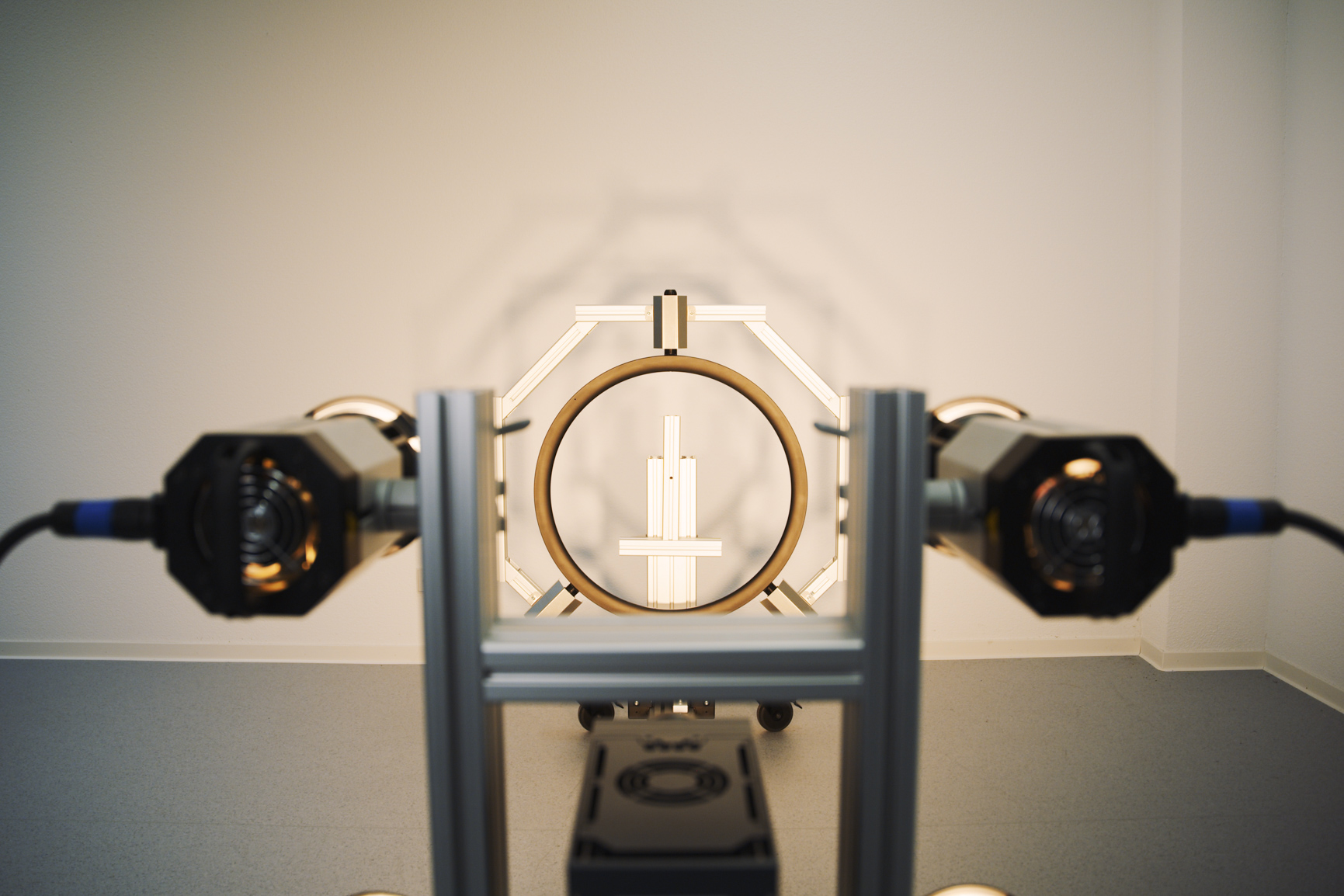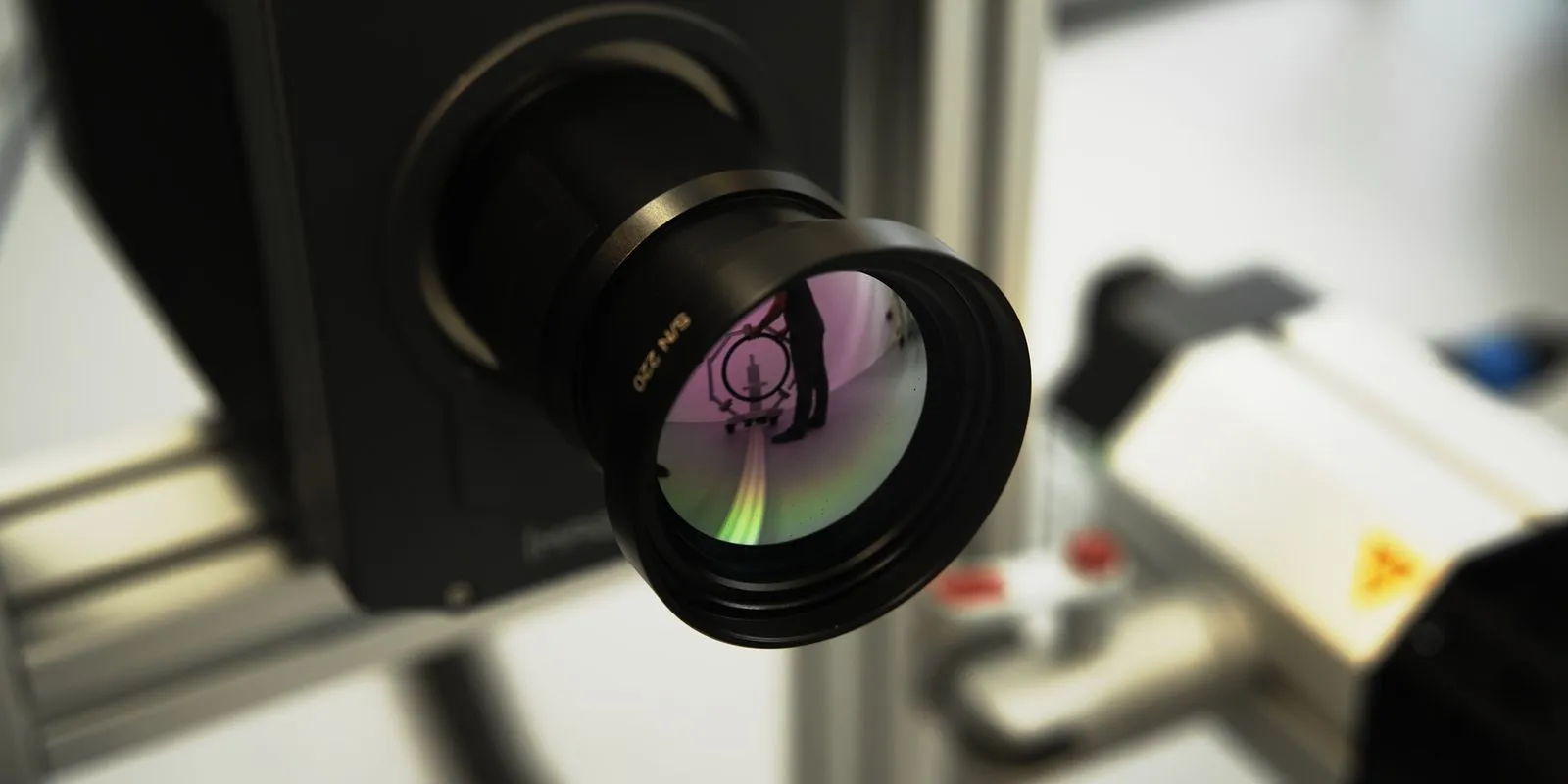

Discover our established active thermography methods – from laser, induction, and lock-in to ultrasonic thermography. Ideal for reliable, non-destructive material testing in the lab and in production. Full transparency. Fast. Automatable.
Whether pulse, lock‑in or inductive thermography. We help you find the right solution for your testing task. In a non-binding initial consultation, we’ll answer your questions, explain the methods, and recommend the approach that best suits your needs.

Our frequently asked questions — answered quickly and easily.
Yes. In a feasibility analysis we test your components under real conditions – quickly, transparently and without obligation.
Discover testing laboratory